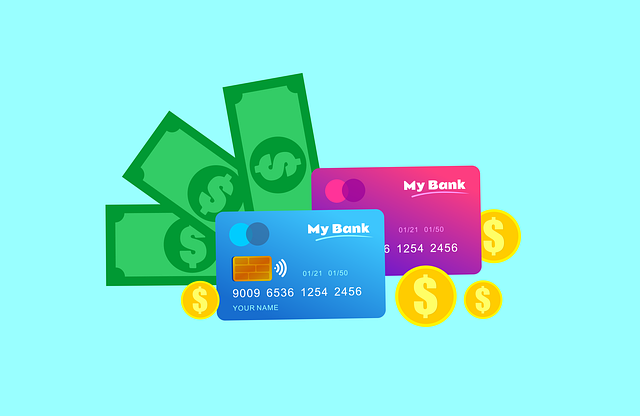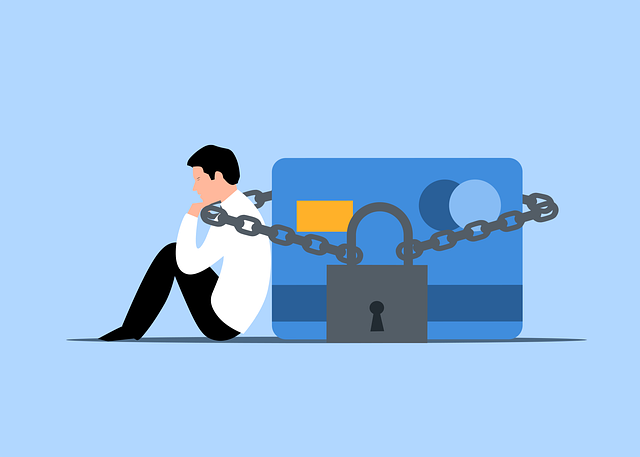The consolidation of debt in South Africa provides a strategic solution for families managing multiple loans and credit cards. By combining these debts into a single loan with lower interest rates, individuals can save money on interest payments, simplify repayment, and regain financial control. This is especially beneficial given the country's high unemployment, income inequality, and lack of financial literacy, which contribute to rising debt levels. A well-planned consolidation strategy allows families to allocate their income more effectively, manage repayments, and potentially improve their credit score, ultimately leading to financial stability.
In the face of escalating living costs and unpredictable economic shifts, many South African families struggle with overwhelming debt. This guide offers a comprehensive overview of debt consolidation, a strategic approach designed to simplify repayment and reduce financial strain. We explore the current debt landscape in South Africa, highlighting trends and challenges unique to the country. By delving into the benefits and steps involved, this article equips readers with knowledge to make informed decisions regarding consolidation of debt in SA.
- Understanding Debt Consolidation: A Basic Overview
- The Landscape of Debt in South Africa: Current Trends and Challenges
- Benefits of Debt Consolidation for South African Families
- Steps to Secure a Successful Debt Consolidation in SA
Understanding Debt Consolidation: A Basic Overview

Debt consolidation is a financial strategy that involves combining multiple debts into one single loan with a lower interest rate. This process simplifies repayment by replacing several debt obligations with a single, more manageable payment. In South Africa, where many families juggle various loans and credit facilities, consolidation can be a powerful tool to gain control over finances.
The basic concept is to take all your existing debts, including personal loans, credit card balances, and store cards, and roll them into one new loan with a lower interest rate. This reduced rate can significantly cut down on the overall cost of repayment, saving money in interest payments over time. It also streamlines the repayment process, making it easier to manage and potentially improve cash flow for South African families facing multiple debt obligations.
The Landscape of Debt in South Africa: Current Trends and Challenges

In South Africa, the landscape of debt has been characterized by rising levels and a diverse range of debt types among families. Current trends indicate that many households are grappling with multiple debts, often from various sources such as credit cards, personal loans, and mortgages. This complex debt environment is further exacerbated by high interest rates and unpredictable economic conditions, making it challenging for families to manage their finances effectively.
The challenges posed by the consolidation of debt in South Africa are multifaceted. High unemployment rates and income inequality contribute to financial strain, limiting families’ ability to repay debts. Moreover, a lack of financial literacy and access to comprehensive debt management services complicate matters, trapping many in cycles of debt. However, with strategic planning and the right tools, such as debt consolidation, South African families can navigate these challenges and regain control over their financial futures.
Benefits of Debt Consolidation for South African Families

Debt consolidation offers South African families a lifeline when facing multiple debt obligations. By combining all debts into one single loan with a lower interest rate, families can simplify their financial situation and reduce the overall cost of repaying their debts. This strategic move not only makes it easier to manage repayments but also provides much-needed financial breathing space, allowing families to allocate their income more effectively towards essential needs and savings.
In South Africa, where high inflation rates and economic challenges persist, consolidation of debt can be a game-changer. It enables families to take control of their finances, avoid the stress associated with multiple repayments, and potentially improve their credit score over time. With careful planning and the right approach, debt consolidation in South Africa can pave the way for financial stability and long-term prosperity.
Steps to Secure a Successful Debt Consolidation in SA

Debt consolidation is a powerful tool for South African families seeking financial freedom. The first step is to carefully assess your current financial situation, listing all debts and their corresponding interest rates. This allows for strategic planning as it identifies areas where debt reduction can have the greatest impact. Create a budget that outlines essential expenses and allocates funds towards repaying debts, ensuring a realistic and sustainable plan.
Next, research various debt consolidation options in South Africa, such as personal loans or credit cards with low-interest rates. Compare terms, interest rates, and repayment periods to find the best fit for your financial goals. Consider working with a reputable financial advisor who can guide you through the process, ensuring you make informed decisions. By following these steps, families can effectively manage their debt, reduce interest payments, and work towards achieving financial stability in South Africa.
Debt consolidation offers South African families a viable path towards financial stability and freedom. By understanding the concept, navigating the local debt landscape, and leveraging the benefits, households can effectively manage their finances. Following the outlined steps ensures a successful consolidation journey in South Africa, providing relief from debt burden and paving the way for a brighter financial future. The consolidation of debt in South Africa is a powerful tool that, when utilised correctly, can transform lives and break free families from the cycle of debt.







